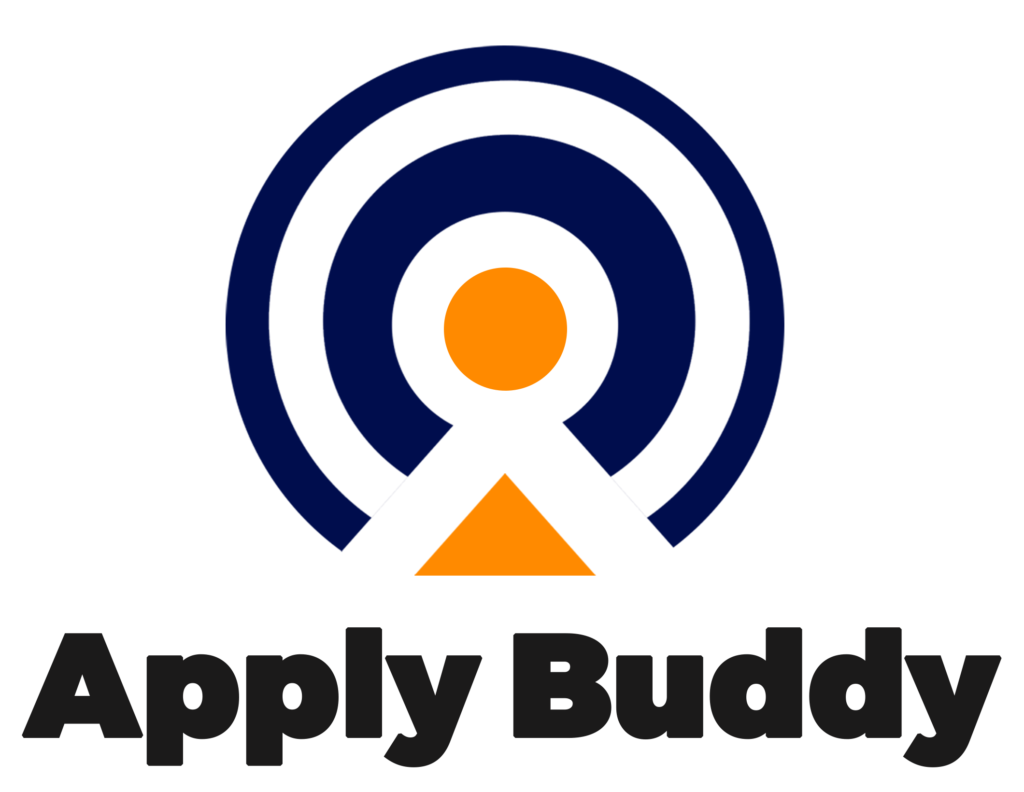The 30-60-90 day plan is your secret weapon for new job success, and it’s about to become your best ally in turning a new role into a triumph. Imagine starting a new job with a clear, actionable roadmap that guides you through your first three months, setting you up for impressive results and a seamless transition.
In this blog post, we will explore how you can make the most of your first 90 days in a new job using a 30-60-90-day plan. This plan is divided into three phases: learning, implementing, and optimising. We’ll discuss how you can use these phases to soak up information, make meaningful contributions, and refine your approach for long-term success.
You’ll also learn how to set achievable milestones that meet expectations and go above and beyond. I’ll also share some practical tips for using your plan to highlight your value, build trust, and make a lasting impression. Are you excited to turn your new job into a major success?
Let’s dive in and see how the 30-60-90 day plan can set you up for a thriving start in your career.

What Is a 30-60-90 Day Plan and Why Is It Important?
Starting a new job can be super exciting but also a bit overwhelming. That’s where the 30-60-90-day plan comes in! This awesome roadmap is designed to help you hit the ground running and make a great impression in your new role. It breaks down your first three months into manageable chunks, each with its own goals and milestones.
This plan helps you set clear expectations and take a structured approach to your onboarding process. Think of it as your guide to navigating your new job’s early days. The plan starts with your first 30 days focused on learning and understanding, moves into the next 30 days, where you begin to implement changes and take on more responsibilities, and ends with the final 30 days, where you fine-tune your contributions and get ready for long-term success.
How a 30-60-90 Day Plan Sets You Up for Success
So, how exactly does this plan set you up for success? Here’s the magic: it provides a clear path and tangible milestones for each phase of your new job.
In the first 30 days, your goal is to absorb as much information as possible. Get to know the company culture, meet your team, and understand the key processes and challenges. This phase is about laying a solid foundation and identifying the areas where you can impact.
The next 30 days focus on putting your newfound knowledge into action. Start taking ownership of projects, contribute to team discussions, and implement small changes aligning with your initial observations. This is where you start showing your value and establishing yourself as a key player.
By the final 30 days, you should refine your approach based on feedback and experiences. This is the time to optimise your strategies, demonstrate your achievements, and set yourself up for ongoing success.
How to Create a 30-60-90 Day Plan for Your New Role
Creating a 30-60-90 day plan tailored to your new role is a strategic way to set yourself up for success.
Here’s a step-by-step guide to crafting a plan that will help you navigate your transition with confidence and clarity.
See Also: How to Talk About Your Skills in an Interview
The First 30 Days: Learning and Understanding
1. Assess Your Role and Responsibilities: Start by reviewing your job description and any initial documentation provided by your employer. Understand your primary responsibilities, key performance indicators (KPIs), and the goals of your role. This is your foundation.
2. Get to Know the Company: Familiarise yourself with the company’s culture, mission, and values. Read up on recent news, press releases, and any company reports. This will help you understand the organisation’s strategic direction and how your role fits into the bigger picture.
3. Meet Key Stakeholders: Schedule one-on-one meetings with your manager, team members, and other key stakeholders. Use these meetings to introduce yourself, learn about their expectations, and gather insights into current projects and challenges.
4. Review Processes and Tools: Get acquainted with the tools, software, and processes you’ll be using. This might involve training sessions or self-learning. Understanding these elements will help you integrate smoothly into your team’s workflow.
5. Set Initial Goals: Based on your observations, set some preliminary goals for yourself. These should be focused on learning and adaptation, such as mastering a specific tool or understanding a core process. These goals will help guide your focus and provide a basis for measuring your progress.
The Next 30 Days: Implementing and Executing
As you enter the next 30 days, it’s time to shift gears from learning to implementing. This phase is all about putting your newfound knowledge into action and beginning to make meaningful contributions.
1. Apply Your Knowledge: Start applying the insights and skills you’ve acquired in the first 30 days. Tackle the tasks and projects that align with your role, using the tools and processes you’ve become familiar with. This is where your learning starts to translate into tangible results.
2. Take on More Responsibilities: Gradually increase your involvement in key projects. Take ownership of specific tasks or deliverables, and start contributing more independently. Demonstrate your ability to handle responsibilities and deliver quality results.
3. Seek Feedback: Regularly check in with your manager and team for feedback on your performance. Use this feedback to make adjustments and refine your approach. It’s a chance to show that you’re responsive and committed to continuous improvement.
4. Build Relationships: Continue to strengthen your relationships with colleagues and stakeholders. Collaborate on projects, participate in team meetings, and engage in cross-departmental interactions. Building a strong network will enhance your ability to contribute effectively.
By focusing on implementing and executing, you’ll demonstrate your capability to turn knowledge into action and become a valuable asset to your team.

The Final 30 Days: Optimising and Leading
As you approach the final 30 days, the spotlight shifts to optimising processes and showcasing leadership. This phase is crucial for solidifying your role and preparing for long-term success.
1. Refine Processes: Identify opportunities for process improvements based on your observations and experiences. Propose and implement enhancements that can streamline workflows or increase efficiency. This shows your proactive approach to driving positive change.
2. Take Ownership: Assume ownership of major projects or initiatives. Lead efforts to resolve any outstanding issues and ensure that projects are on track. Taking responsibility for significant aspects of your role will highlight your leadership capabilities.
3. Demonstrate Leadership: Start taking on a leadership role by mentoring colleagues, leading meetings, or spearheading new initiatives. Show that you can guide and motivate others, contributing to the overall success of your team and department.
4. Set Long-Term Goals: Establish goals for the future based on your experiences and the feedback you’ve received. Outline a plan for your continued growth and contributions to the organisation. This forward-thinking approach will position you as a committed and strategic team member.
See Also: How To Improve LinkedIn Profile For Job Search

Perhaps you want to take your career to another level? at Apply Buddy, our packages cater to all your needs, from CV/resume optimisation, job board and LinkedIn profile enhancement, cover letter writing, job applications, interview preparation, training and so on.
Make that wise career choice today by booking our services!
See Also: How to Talk About Your Skills in an Interview
The Key Benefits of a 30-60-90 Day Plan
A 30-60-90 day plan is more than just a structured approach to your new role; it offers several significant benefits that can enhance your performance and career trajectory. Here’s how:
1. Increased Productivity: By setting clear goals for each phase of your first three months, you create a focused roadmap for your work. This structured approach helps you prioritise tasks and manage your time effectively, boosting your productivity and ensuring that you achieve key milestones.
2. Enhanced Clarity: A 30-60-90 day plan provides clarity on what’s expected of you and how you can meet those expectations. It helps you understand your role and responsibilities in detail, which reduces ambiguity and allows you to concentrate on what truly matters.
3. Demonstrated Initiative: Presenting a well-thought-out 30-60-90 day plan to your employer showcases your proactive attitude and commitment to success. It signals that you’re not only prepared to take on the role but also eager to make a meaningful impact from the start.
4. Improved Integration: The plan helps you integrate smoothly into your new team and company culture. By systematically learning, implementing, and optimising, you build relationships, understand team dynamics, and align your contributions with organisational goals.
5. Stronger Performance Reviews: Having a clear plan allows you to track your progress and achievements. When performance reviews come around, you’ll have concrete examples of how you’ve met or exceeded your goals, making it easier to demonstrate your value to the organisation.

Common Mistakes to Avoid When Creating a 30-60-90 Day Plan
Crafting a 30-60-90 day plan often referred to as your secret weapon for new job success, can be a game-changer, but there are common pitfalls to avoid to ensure its effectiveness.
- Lack of Specificity: One of the biggest mistakes is creating a plan that’s too vague or generic. Your plan should be specific, with clear, actionable goals for each phase. Avoid broad statements and focus on concrete tasks and measurable objectives.
- Overloading the Plan: Setting ambitious goals is tempting, but overloading your plan with too many objectives can be overwhelming. Prioritise key tasks and milestones that align with your role’s core responsibilities to avoid spreading yourself too thin.
- Ignoring Feedback: Failing to incorporate feedback from your manager or team can hinder your plan’s effectiveness. Regularly seek input and adjust your strategy based on their insights. This ensures your objectives remain relevant and aligned with the team’s needs.
- Neglecting Long-Term Goals: While focusing on short-term milestones is essential, don’t overlook the long-term impact of your role. Make sure your plan includes elements that prepare you for ongoing contributions and career growth beyond the initial 90 days.
- Lack of Flexibility: A rigid plan that doesn’t adapt to changing circumstances can be detrimental. Be prepared to adjust your goals and strategies based on evolving priorities, feedback, and new information. Flexibility is key to maintaining relevance and effectiveness.
FAQs for The 30-60-90 Day Plan: Your Secret Weapon for New Job Success
1. How can I tailor a 30-60-90 day plan for different industries or job roles?
Tailor your plan by researching industry-specific trends and requirements. Align your goals with the key challenges and expectations of the role. Customise milestones to reflect the unique responsibilities and objectives of the position.
2. When should I present my 30-60-90 day plan during the hiring process?
Present your 30-60-90 day plan during the interview to demonstrate your proactive approach and strategic thinking. If not discussed then, share it during the onboarding phase to align with your new team’s expectations.
3. What are the most important milestones to include in a 30-60-90 day plan?
Key milestones include understanding the company culture and role expectations, beginning to take on responsibilities, implementing initial changes, and identifying opportunities for process improvements and leadership contributions.
4. How detailed should a 30-60-90 day plan be?
A 30-60-90 day plan should be detailed enough to outline specific, actionable goals and timelines but also flexible to accommodate feedback and evolving priorities. Focus on clarity and practicality.





